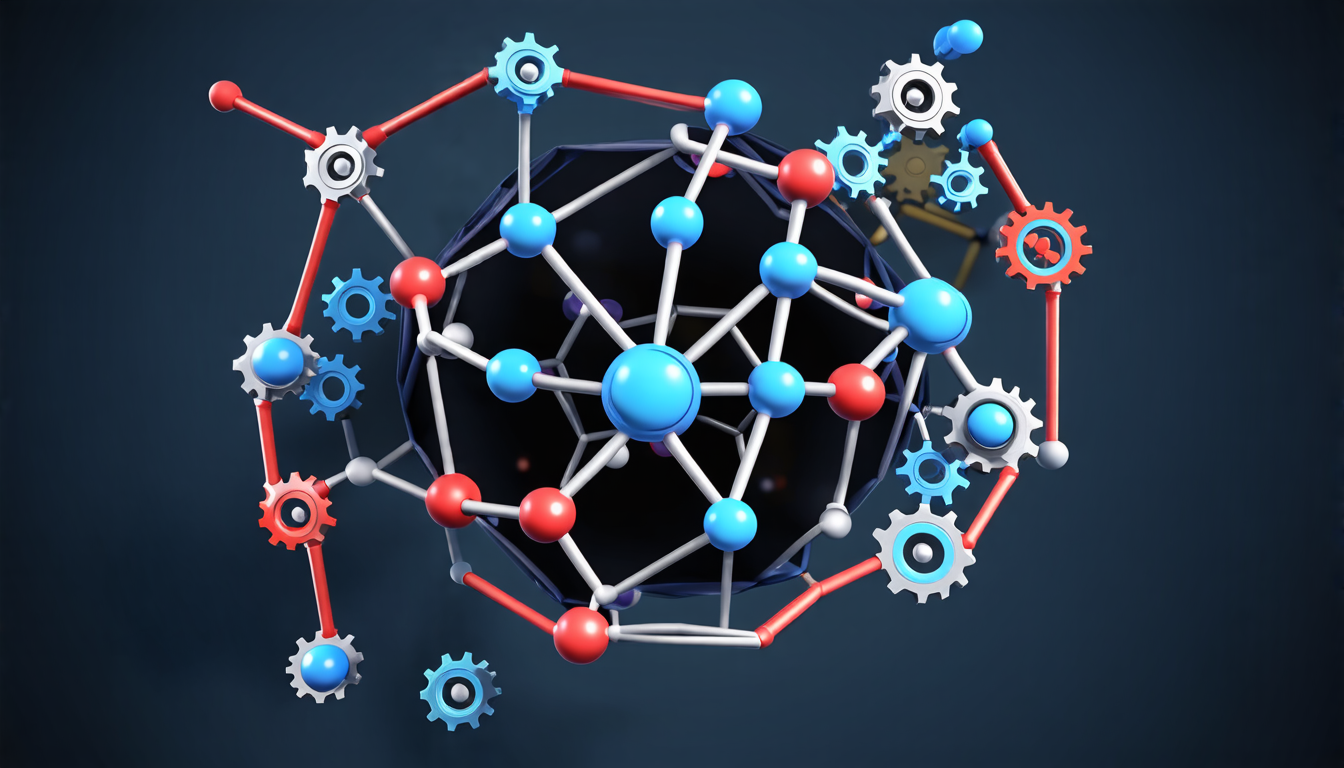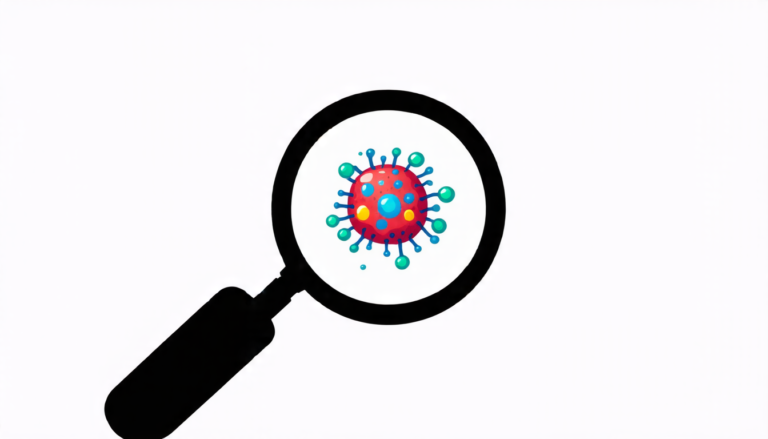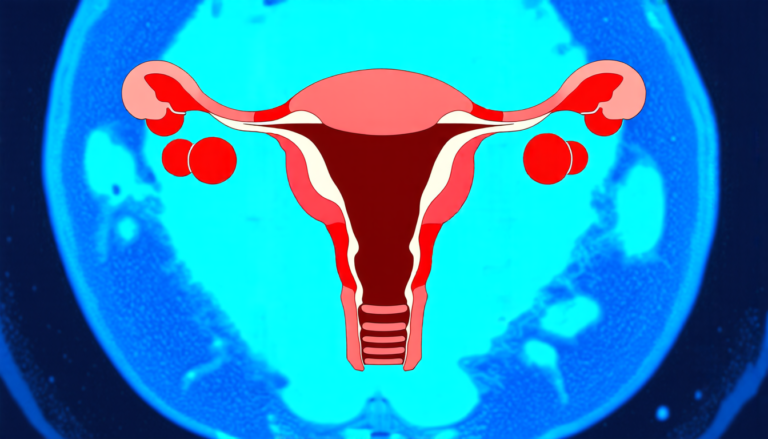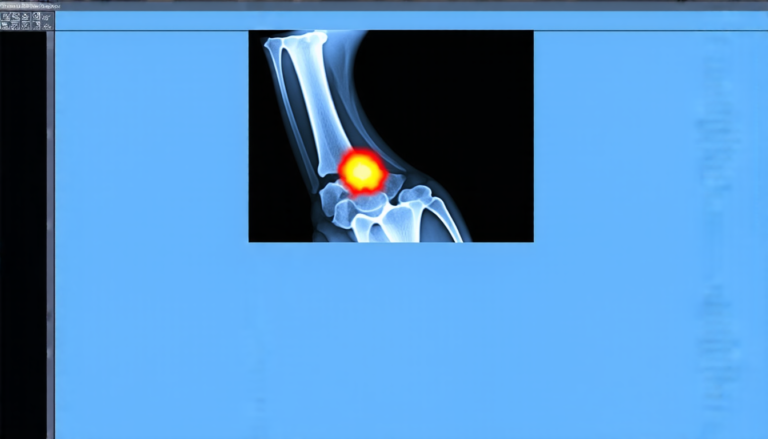Sunday 06 April 2025
In a significant breakthrough, researchers have developed a new AI-powered system that can optimize molecular structures for specific properties, such as solubility or reactivity. The system, called MultiMol, uses large language models (LLMs) to generate and refine molecules in response to user-defined prompts.
The process begins with the creation of a candidate molecule pool, which is then filtered using a variety of molecular properties, including logP, QED, TPSA, and hydrogen bond acceptors/donors. The system uses these filters to identify molecules that meet specific criteria, such as increased solubility or decreased toxicity.
Once the initial pool has been reduced, MultiMol employs a combination of data-driven worker agents and literature-guided research agents to optimize the remaining molecules. The worker agents use machine learning algorithms to generate new molecular structures based on patterns learned from large datasets, while the research agents draw upon scientific literature to identify promising modifications and refine the optimization process.
The system’s performance was evaluated across 12 different optimization tasks, including single-property optimizations such as increasing solubility or decreasing toxicity, as well as multi-property optimizations that balance multiple competing factors. The results showed that MultiMol outperformed existing methods in all cases, with an average hit ratio of 82.3% and a validity rate of 93.7%.
One notable aspect of MultiMol is its ability to recover the original molecular structure from a prompt, even when the optimized molecule has undergone significant changes. This feature allows researchers to quickly identify the most promising molecules and refine their optimization strategies.
The potential applications of MultiMol are vast, ranging from pharmaceutical development to materials science. The system’s ability to balance competing properties and optimize molecular structures could lead to the discovery of new medicines or materials with improved performance characteristics.
In addition to its technical capabilities, MultiMol also demonstrates the power of collaboration between humans and AI systems. By leveraging the strengths of both parties, researchers can accelerate the development of new molecules and materials, potentially leading to breakthroughs in a wide range of fields.
The system’s architecture is designed to be modular and flexible, allowing it to be adapted for use in various applications and domains. Future work will focus on expanding the scope of MultiMol to include additional molecular properties and optimization tasks, as well as exploring new ways to integrate human expertise and AI capabilities.
Cite this article: “Artificial Intelligence-Driven Molecule Optimization: A Paradigm Shift in Chemical Discovery”, The Science Archive, 2025.
Artificial Intelligence, Molecular Structure Optimization, Machine Learning, Large Language Models, Multi-Property Optimizations, Solubility, Reactivity, Pharmaceutical Development, Materials Science, Collaboration.







